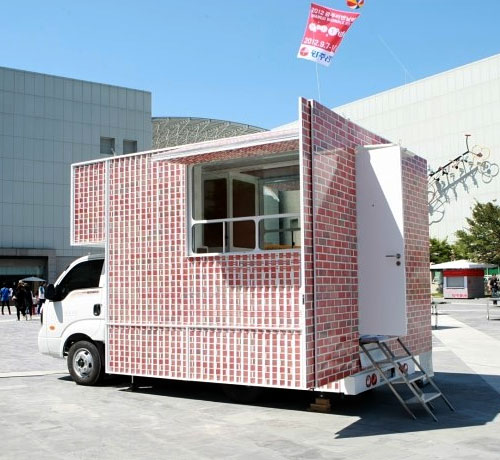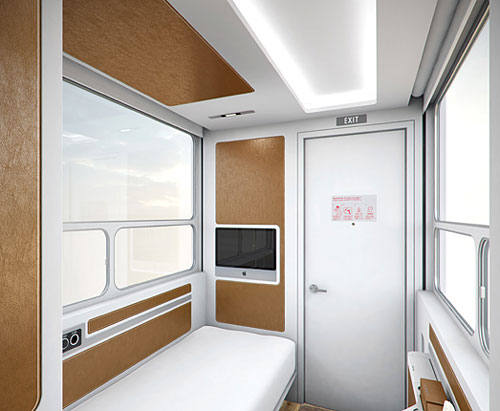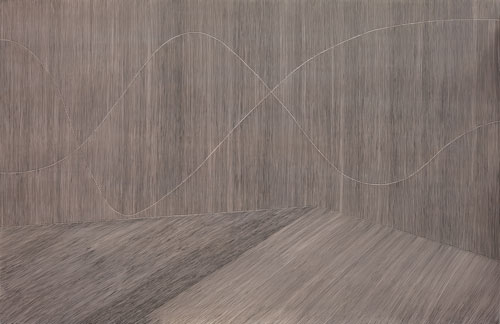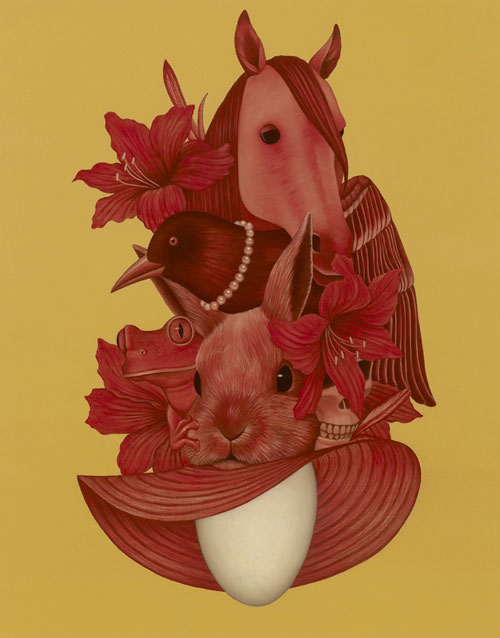
Nice Red Hat for Nobody1, Oil on Canvas, 91X72.7cm, 2009
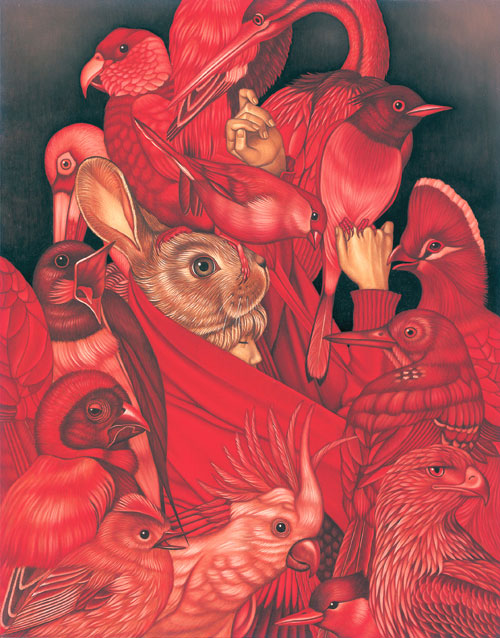
Being Alone1, Oil on Canvas, 116.7X91cm, 2011
A current trend in contemporary art is the desire to represent the past in the present. Art theorist, Craig Owens has defined this trend with the conceptual term “allegorical impulse.” The archetypal materials used in the past are brought to the allegorical structure of this present time. The past and the present come together in the process of structuring a story. An artist may reinterpret the story in his/her own view and the new story may represent other stories and overlap with them.

Island of Flightless Birds1, Oil on Canvas, 91X72.7cm, 2011
Although the allegorical images are barely considered as invented or newly created, they could be termed “adopted.” Thus, artists who apply this allegory to their work could not only refer the common rule in the culture but also take on a role as an interpreter who can translate the hidden cultural meanings. Moreover, images do not normally indicate direct meanings but can be read as symbolic codes. This is why details of an image - regarded as pictographs - trigger a complicated labyrinth of semiotic meanings, and they desire to sort out the puzzle.
| - Ode to Strawberry Fields by Ho Kyung Chung (art theorist/historian) Egene Koo |

